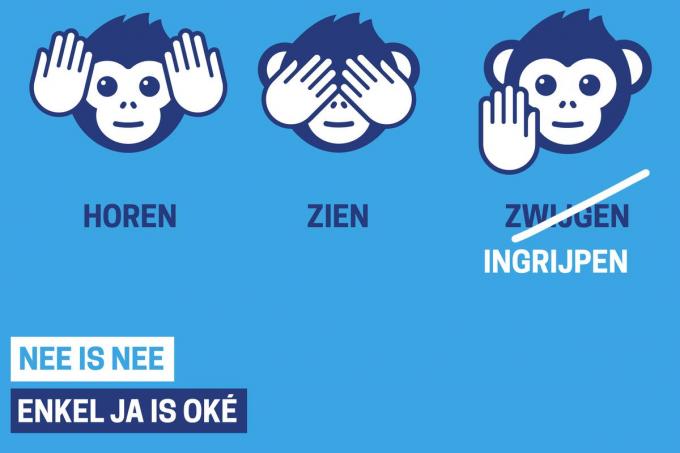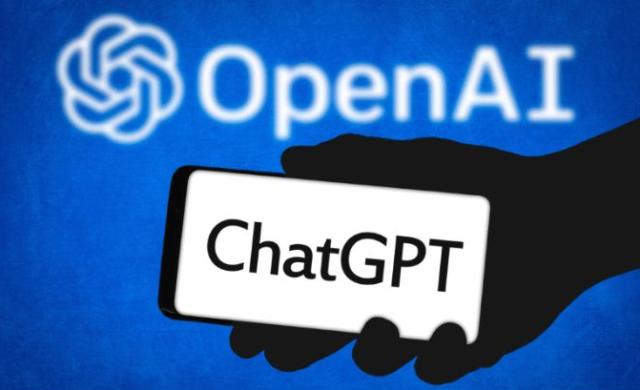The 2020 Election: A Deep Dive Into Trump's And Biden's Campaigns

Table of Contents
Donald Trump's 2020 Campaign Strategy
Donald Trump's reelection campaign built upon the themes that propelled him to victory in 2016, focusing on a core message of nationalistic pride and economic prosperity.
"Keep America Great" Messaging and its Resonance
The central theme of Trump's 2020 campaign was "Keep America Great," a slogan designed to capitalize on perceived economic successes during his first term. This message resonated with a significant portion of the electorate.
- Key achievements highlighted: Tax cuts (Tax Cuts and Jobs Act), deregulation efforts, appointment of conservative judges to federal courts, and a strong stance on immigration (border wall, travel bans).
- Effective messaging: Trump's rallies and frequent appearances on conservative media outlets effectively reinforced this message. His populist rhetoric and direct attacks on opponents galvanized his base.
- Demographic appeal: The "Keep America Great" message particularly appealed to white, working-class voters, evangelical Christians, and those who felt left behind by globalization.
The Role of Social Media and Direct Communication
Trump's campaign demonstrated a heavy reliance on social media, particularly Twitter, for direct communication with supporters and bypassing traditional media gatekeepers.
- Direct engagement: Trump used Twitter to respond directly to critics, disseminate information, and rally his supporters. This strategy allowed him to control the narrative and reach voters directly.
- Community building: This approach fostered a strong sense of community among his supporters, who felt directly connected to the candidate.
- Potential downsides: This approach also contributed to the spread of misinformation and conspiracy theories, creating challenges in verifying information and combating false narratives.
Campaign Finance and Spending
The Trump campaign benefited from significant fundraising efforts, employing various strategies to secure financial support.
- Funding sources: Individual donors, Super PACs (like Make America Great Again, Inc.), and large fundraising events played crucial roles.
- Fund allocation: Resources were allocated strategically to target key swing states and demographics, focusing heavily on digital advertising and rallies. A comparison to Biden's campaign spending reveals differences in their approach to resource allocation.
Joe Biden's 2020 Campaign Strategy
Joe Biden's campaign presented a stark contrast to Trump's, emphasizing a return to more traditional political strategies and a focus on policy details.
"Build Back Better" Platform and Policy Proposals
Biden's campaign centered around the "Build Back Better" platform, a comprehensive set of policy proposals addressing crucial issues.
- Key policy areas: Affordable Care Act expansion, addressing climate change through investments in renewable energy and infrastructure, significant infrastructure investment, and various economic relief plans to address the pandemic's impact.
- Demographic appeal: These policies resonated with a broad range of voters, particularly those concerned about healthcare access, environmental protection, and economic inequality. Young voters and minority groups were key demographics targeted by this platform.
- Communication effectiveness: Biden's campaign used a mix of traditional and digital media to communicate these policies, aiming for a more measured and fact-based approach compared to Trump's.
Coalition Building and Outreach
Biden's strategy focused on building a broad coalition of voters across various demographic groups.
- Coalition efforts: He secured endorsements from prominent figures across the political spectrum and emphasized his commitment to unifying the country. He made appeals to moderate Republicans, seeking bipartisan support.
- Coalition effectiveness: This strategy proved successful in bringing together a diverse coalition of voters, but it also presented challenges in navigating different policy priorities within the coalition.
- Challenges: The diversity within the coalition led to internal tensions and debates on certain policy positions.
Campaign Finance and Spending
Biden's campaign also relied on significant fundraising, employing similar strategies to Trump but with a different emphasis.
- Funding sources: Individual donors, Super PACs (like Unite the Country), and fundraising events formed the base of his campaign finance.
- Fund allocation: The Biden campaign allocated resources across a wider range of activities, balancing digital media, traditional advertising, and grassroots organizing. A comparison of his spending to Trump’s reveals a different prioritization of campaign activities.
Key Events and Their Impact on the Election
Several significant events profoundly impacted the 2020 election, shaping the political narrative and influencing voter behavior.
The COVID-19 Pandemic
The COVID-19 pandemic dramatically altered the campaign landscape, forcing candidates to adapt to a virtual campaigning environment. The candidates’ responses to the crisis became central to their messaging. The handling of the pandemic significantly affected public opinion and voter perceptions.
The George Floyd Protests and Racial Justice
The nationwide protests following the death of George Floyd brought racial justice issues to the forefront, significantly influencing voter turnout and the candidates' messaging on racial equality and police reform. These protests shaped the political discourse and the priorities of voters.
The First Presidential Debate and Subsequent Debates
The first presidential debate, along with subsequent debates, had a considerable effect on public opinion and the election narrative. The debates offered voters direct comparisons between the candidates' approaches to key issues and their communication styles. The tone and substance of the debates influenced public perception of the candidates and shaped the election's trajectory.
Conclusion
The 2020 election was a pivotal moment in American history, shaped by contrasting campaign strategies, major events, and the evolving political landscape. Analyzing the campaigns of Donald Trump and Joe Biden provides valuable insight into the factors that influenced the outcome and the broader trends in American politics. Understanding the successes and shortcomings of each campaign offers critical lessons for future elections. To further your understanding of this pivotal moment in American history, explore additional resources on the 2020 election and its lasting impact. Continue your research into the intricacies of the 2020 election to gain a fuller understanding of its lasting effects on American politics.

Featured Posts
-
 Alleged Biden Health Cover Up Exclusive Interview With Ex Cnn News Anchor
May 15, 2025
Alleged Biden Health Cover Up Exclusive Interview With Ex Cnn News Anchor
May 15, 2025 -
 Shocking Study Reveals Widespread Pfas Contamination In Us Drinking Water
May 15, 2025
Shocking Study Reveals Widespread Pfas Contamination In Us Drinking Water
May 15, 2025 -
 Npos Strijd Tegen Grensoverschrijdend Gedrag Een Analyse Van De Effectiviteit
May 15, 2025
Npos Strijd Tegen Grensoverschrijdend Gedrag Een Analyse Van De Effectiviteit
May 15, 2025 -
 Ftc Investigation Into Open Ais Chat Gpt What It Means
May 15, 2025
Ftc Investigation Into Open Ais Chat Gpt What It Means
May 15, 2025 -
 The Growing Use Of Apple Watches Among Nhl Referees
May 15, 2025
The Growing Use Of Apple Watches Among Nhl Referees
May 15, 2025
